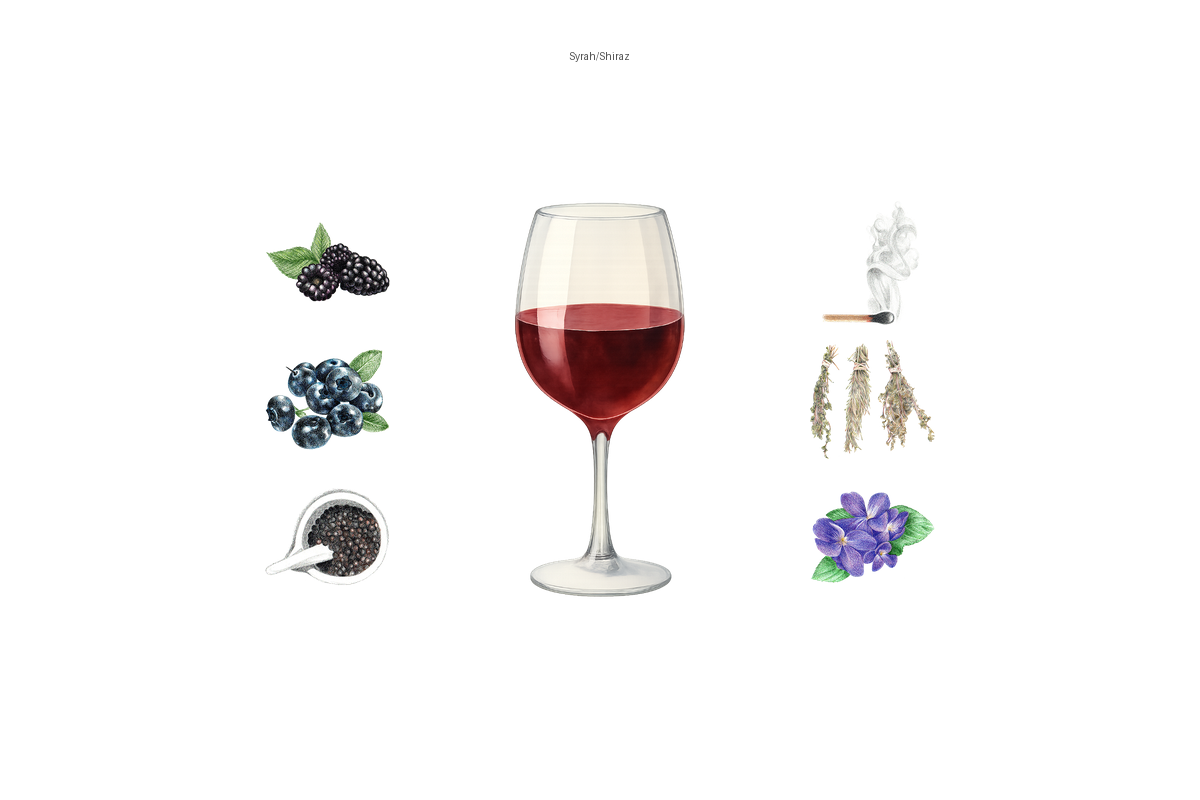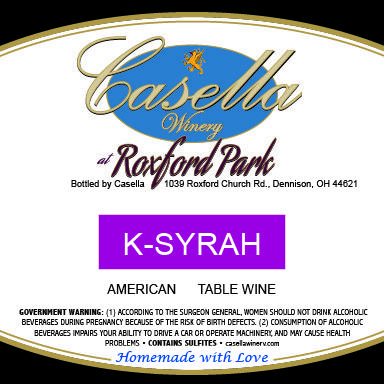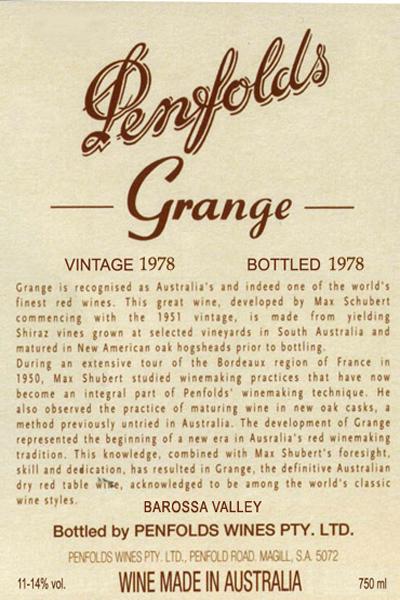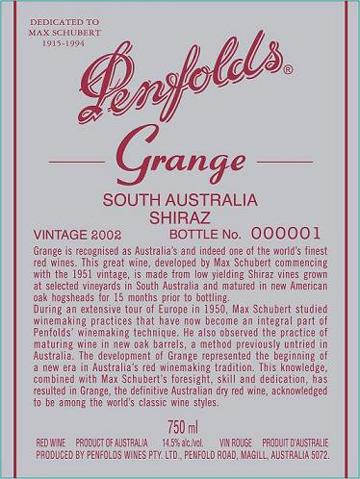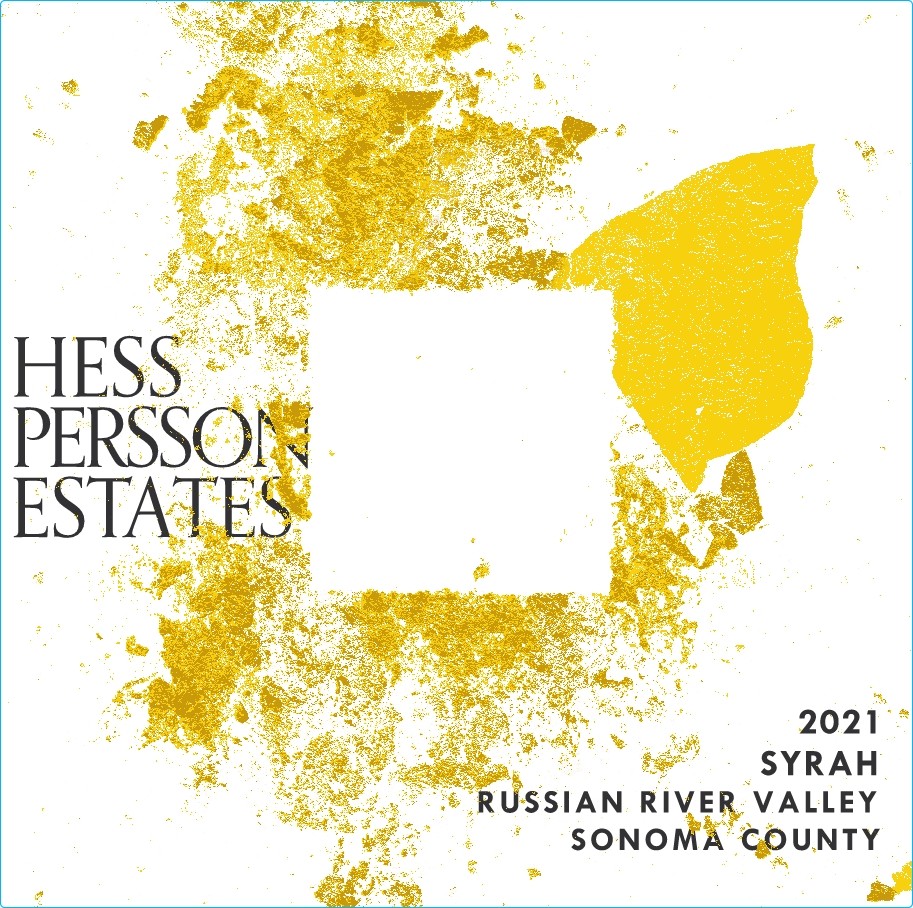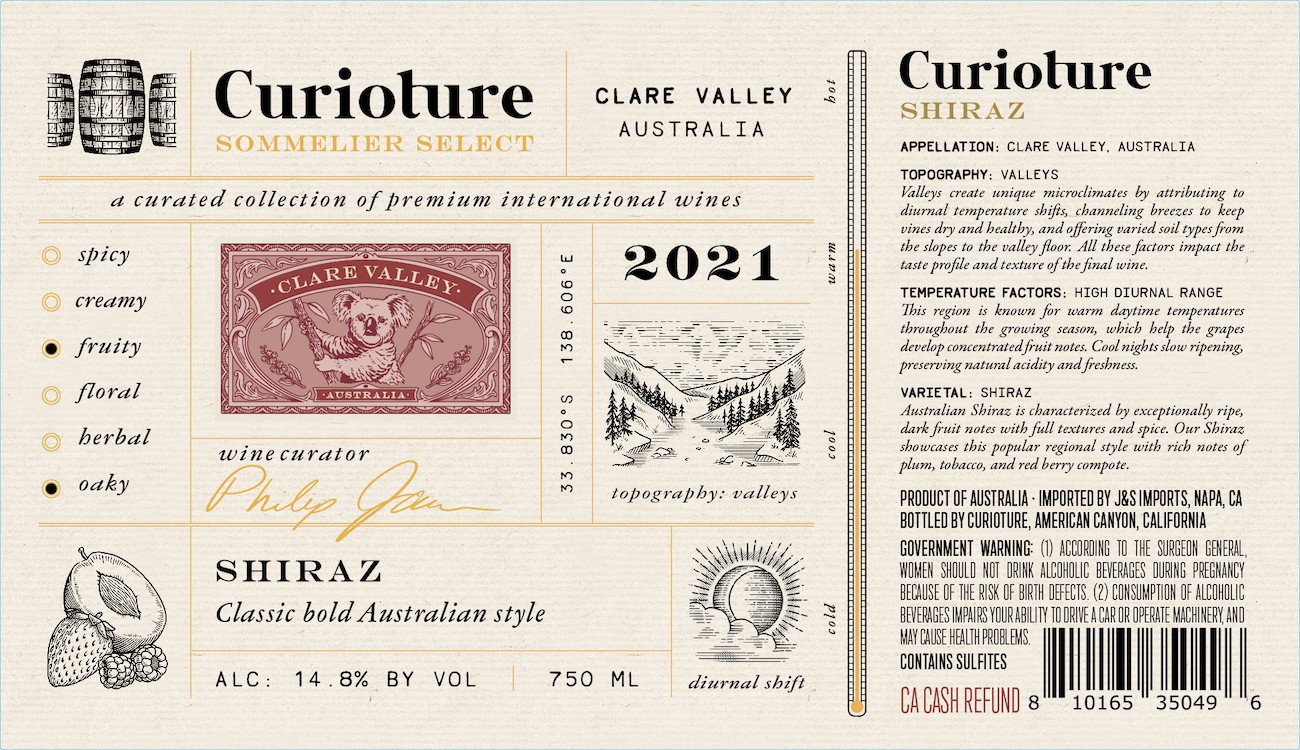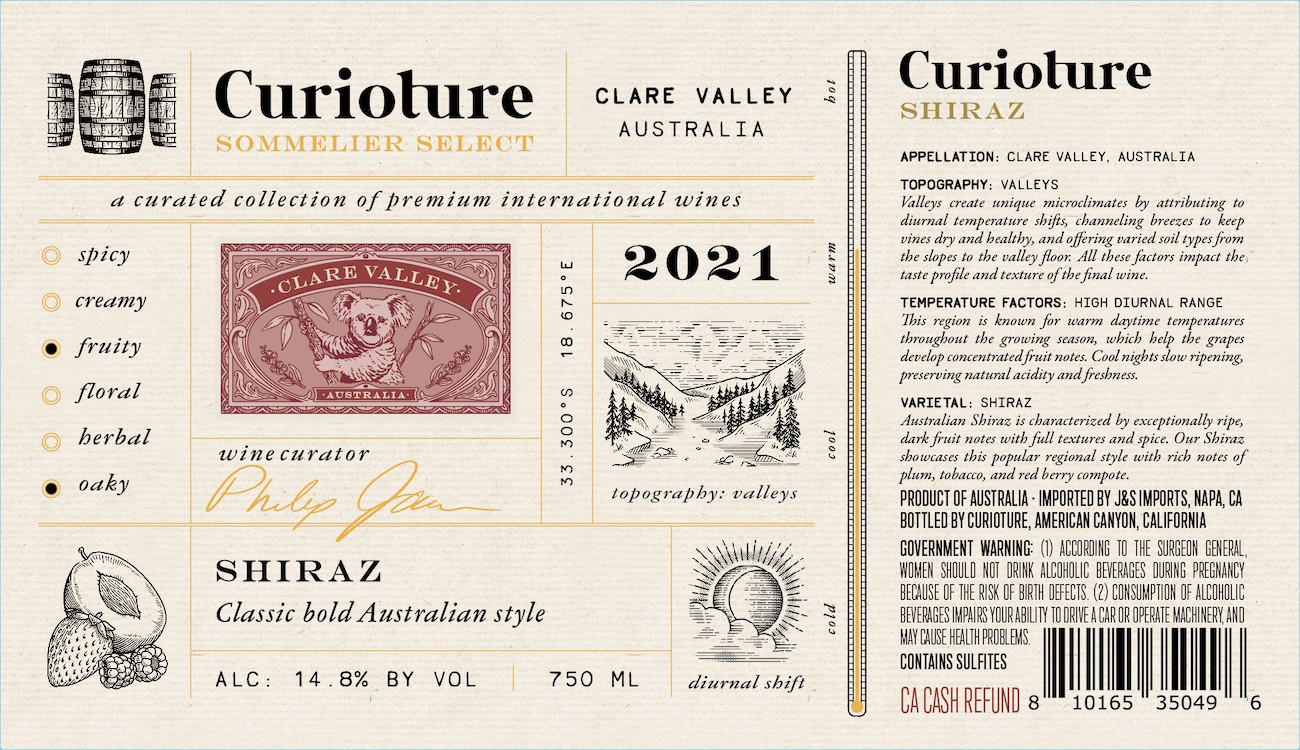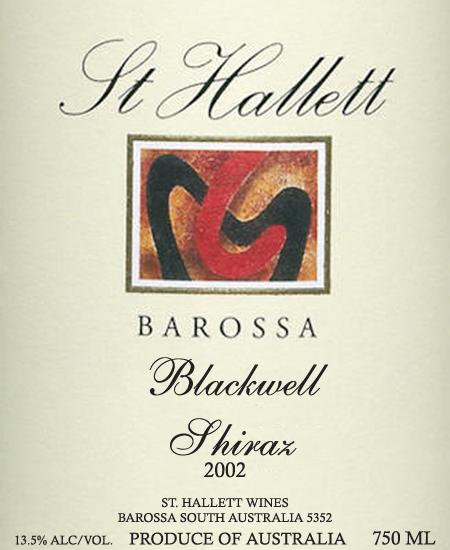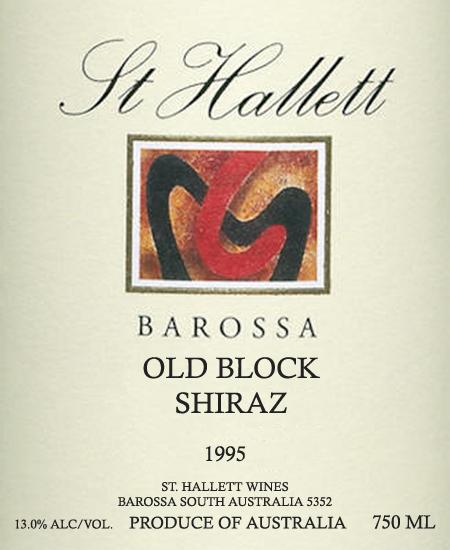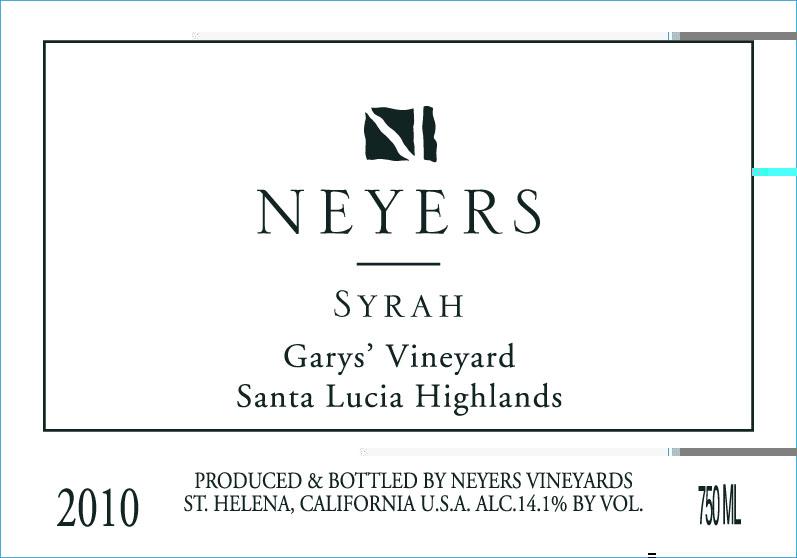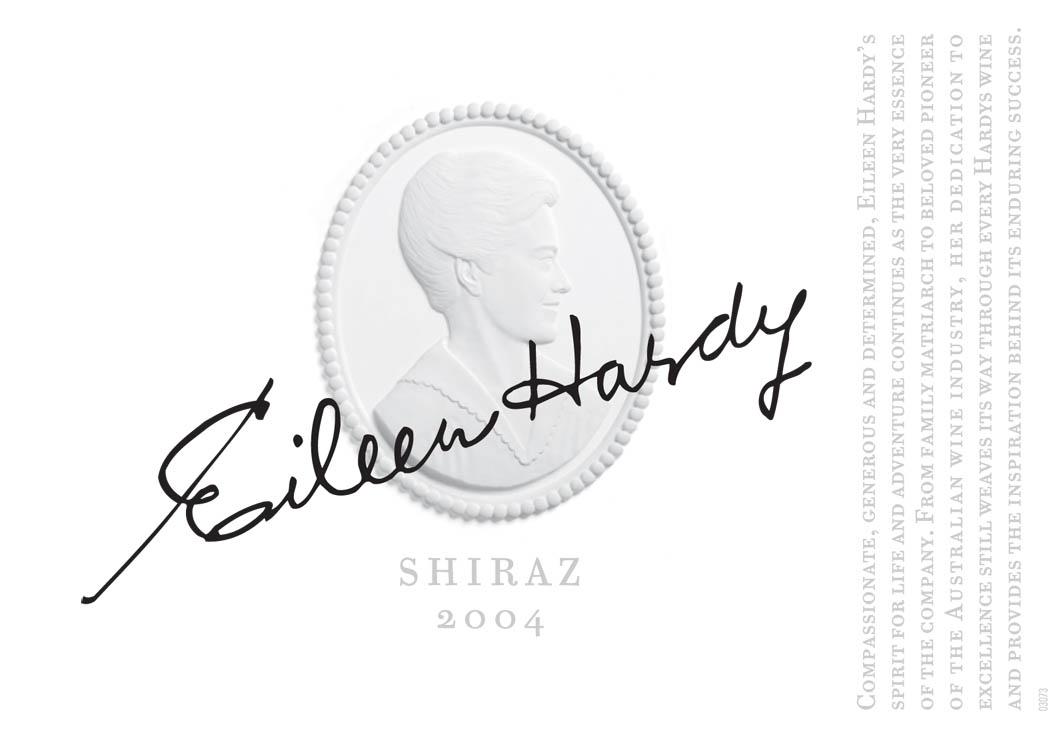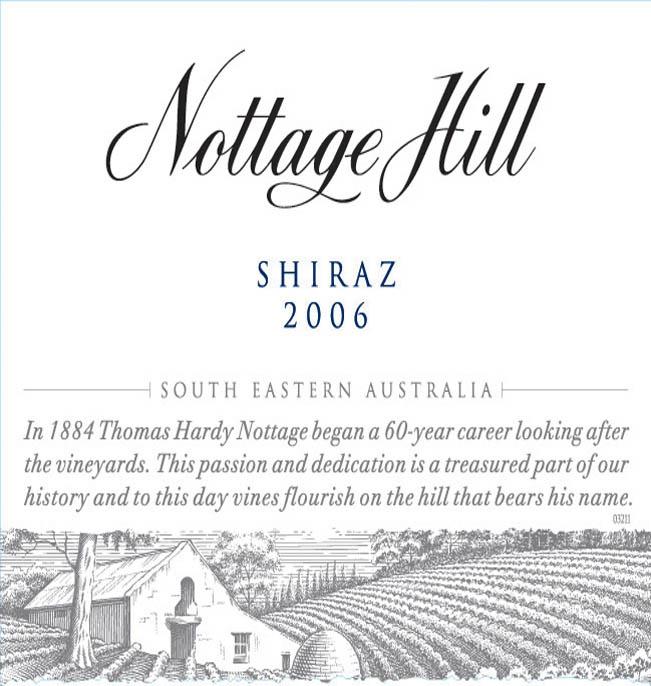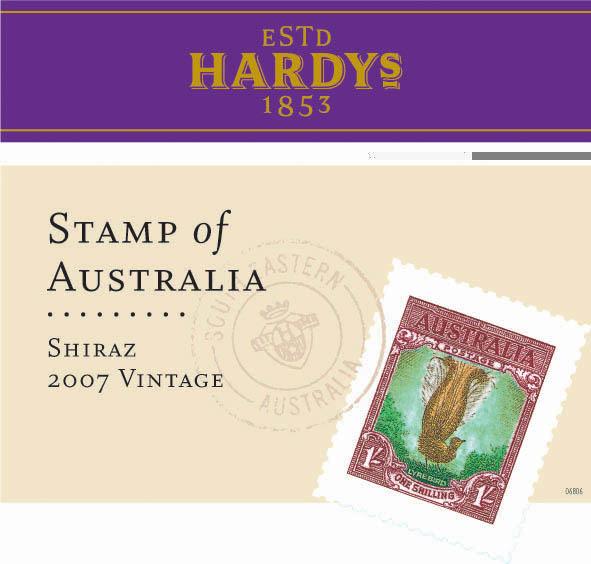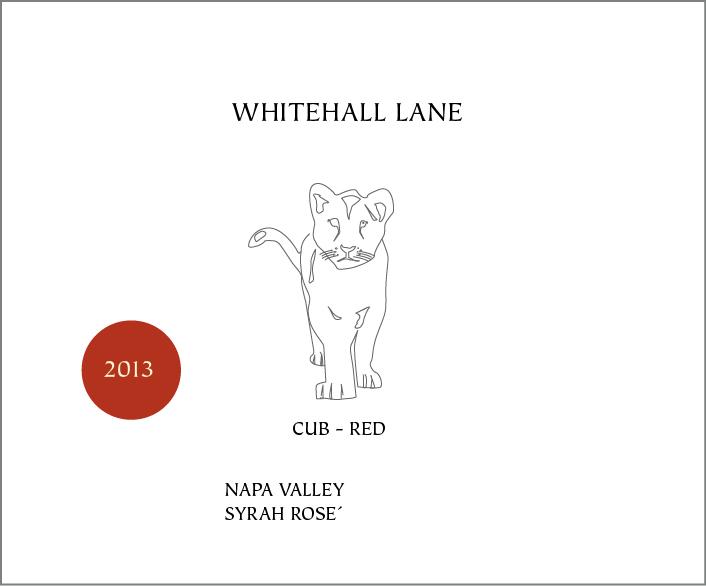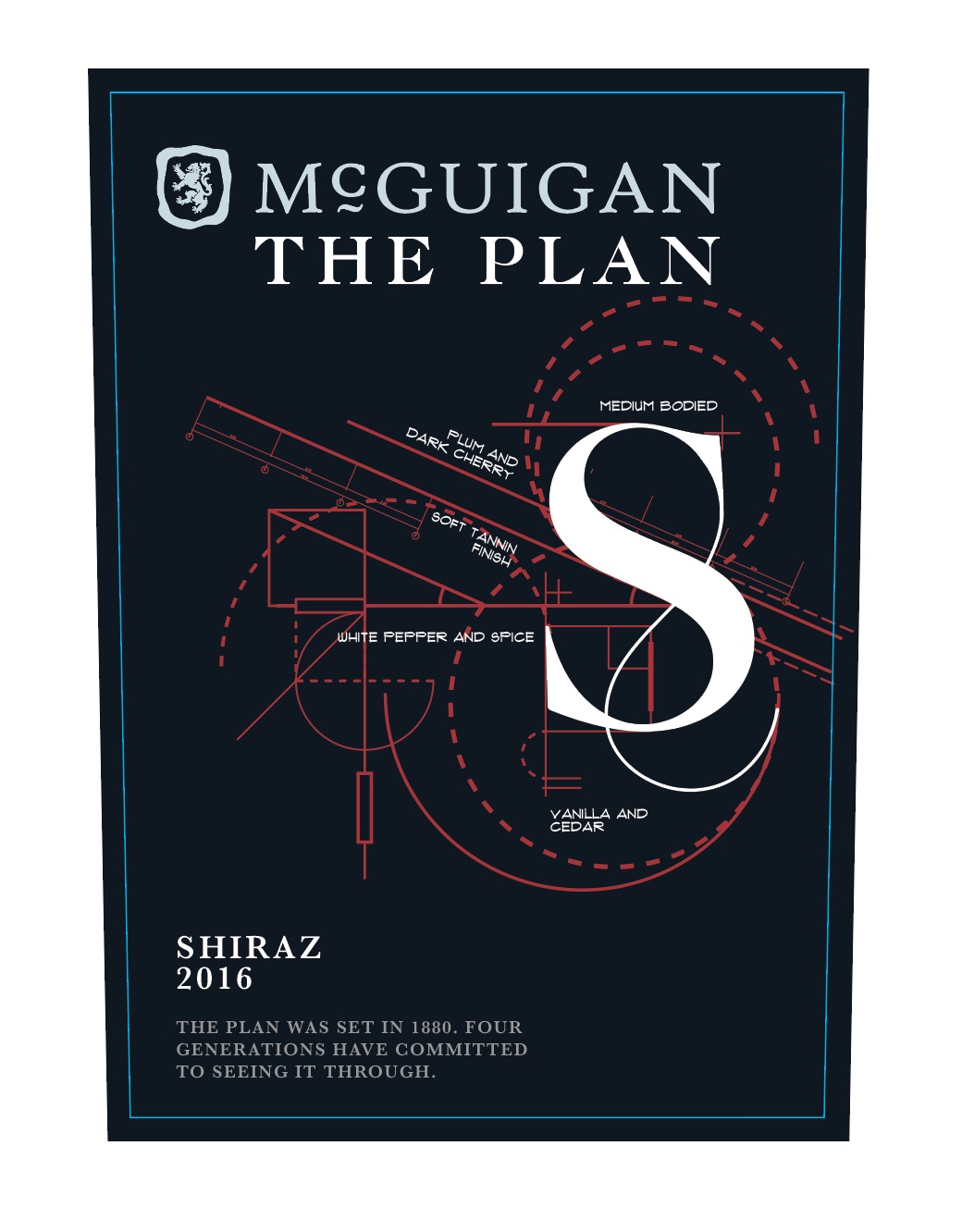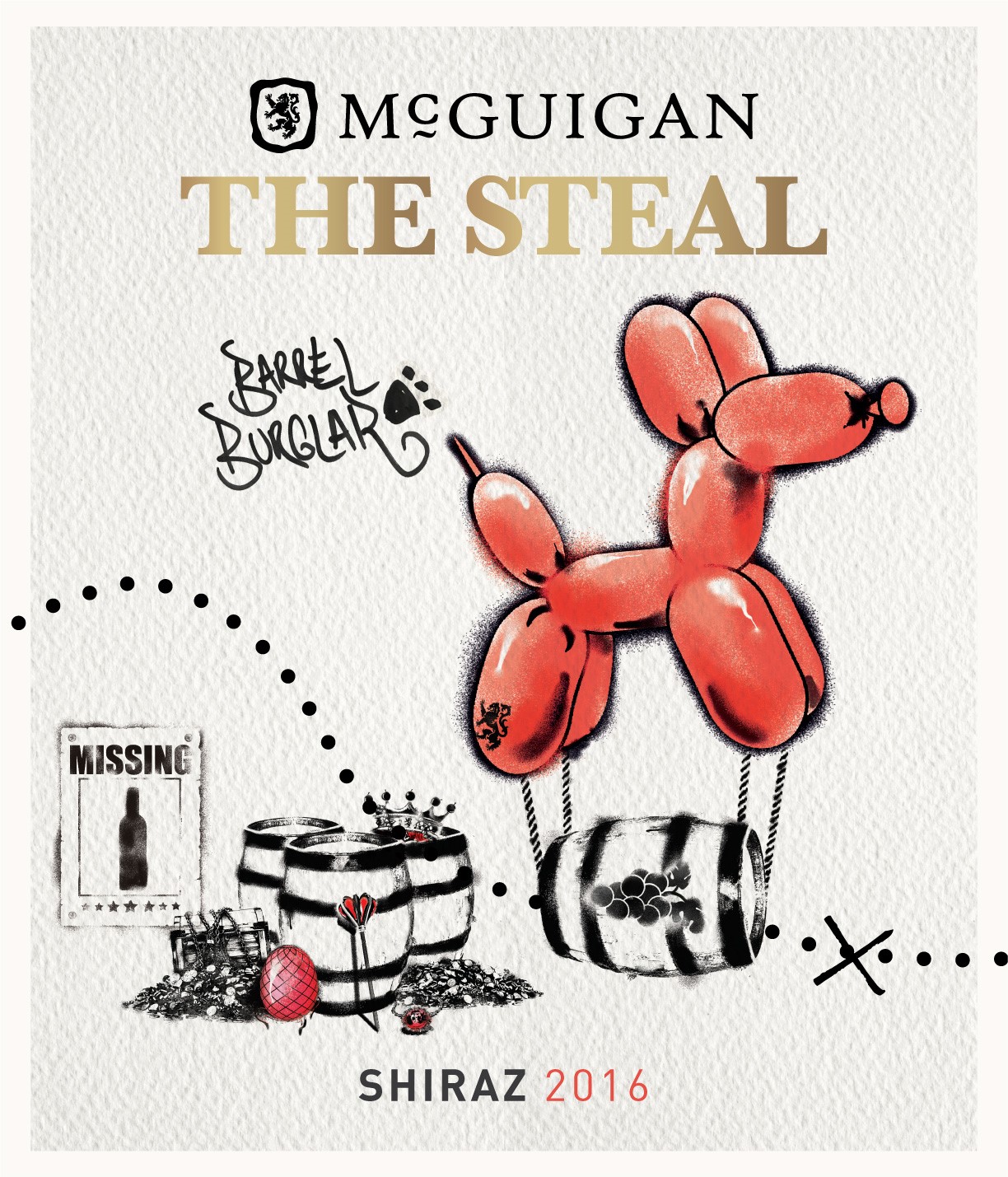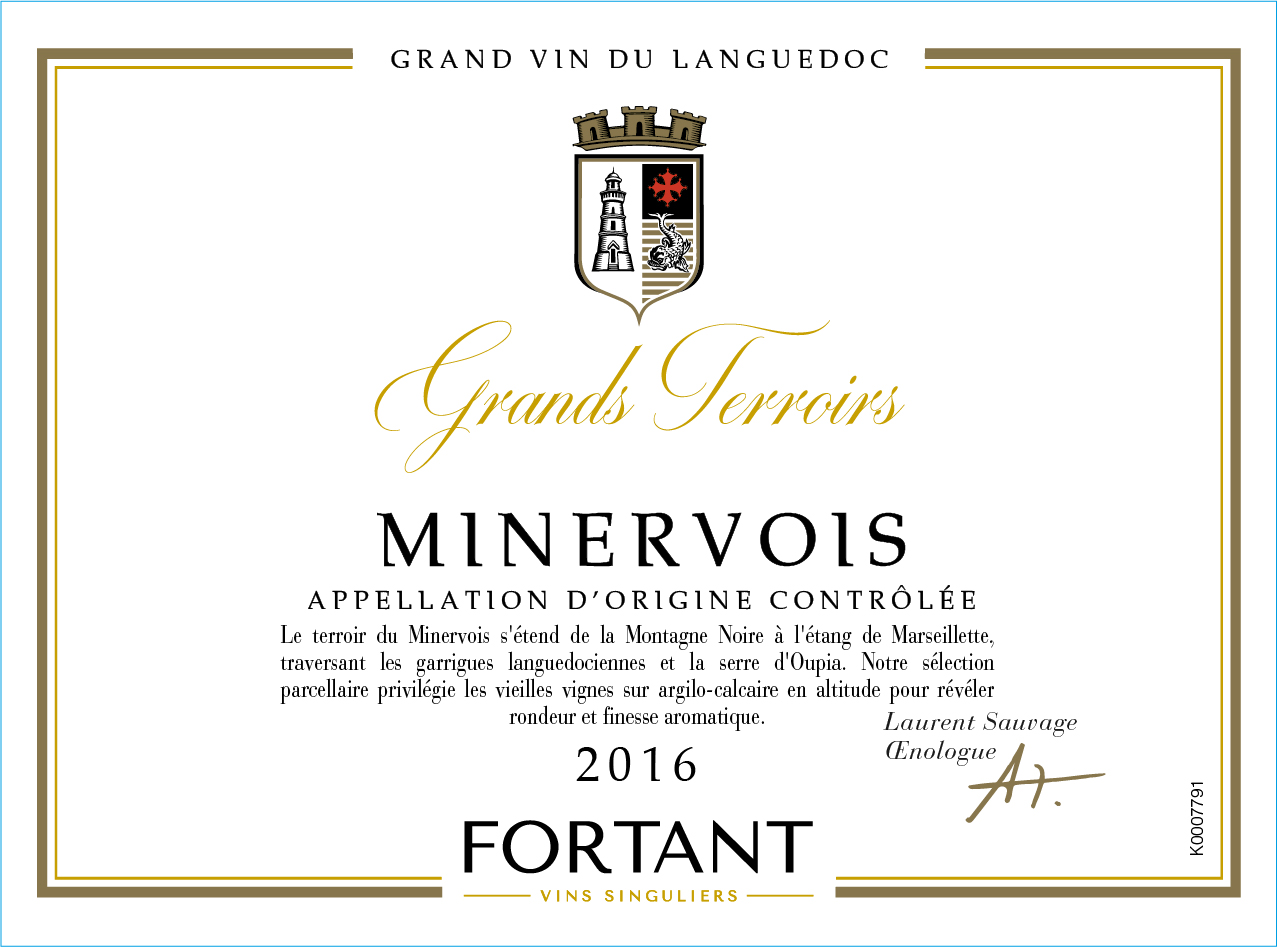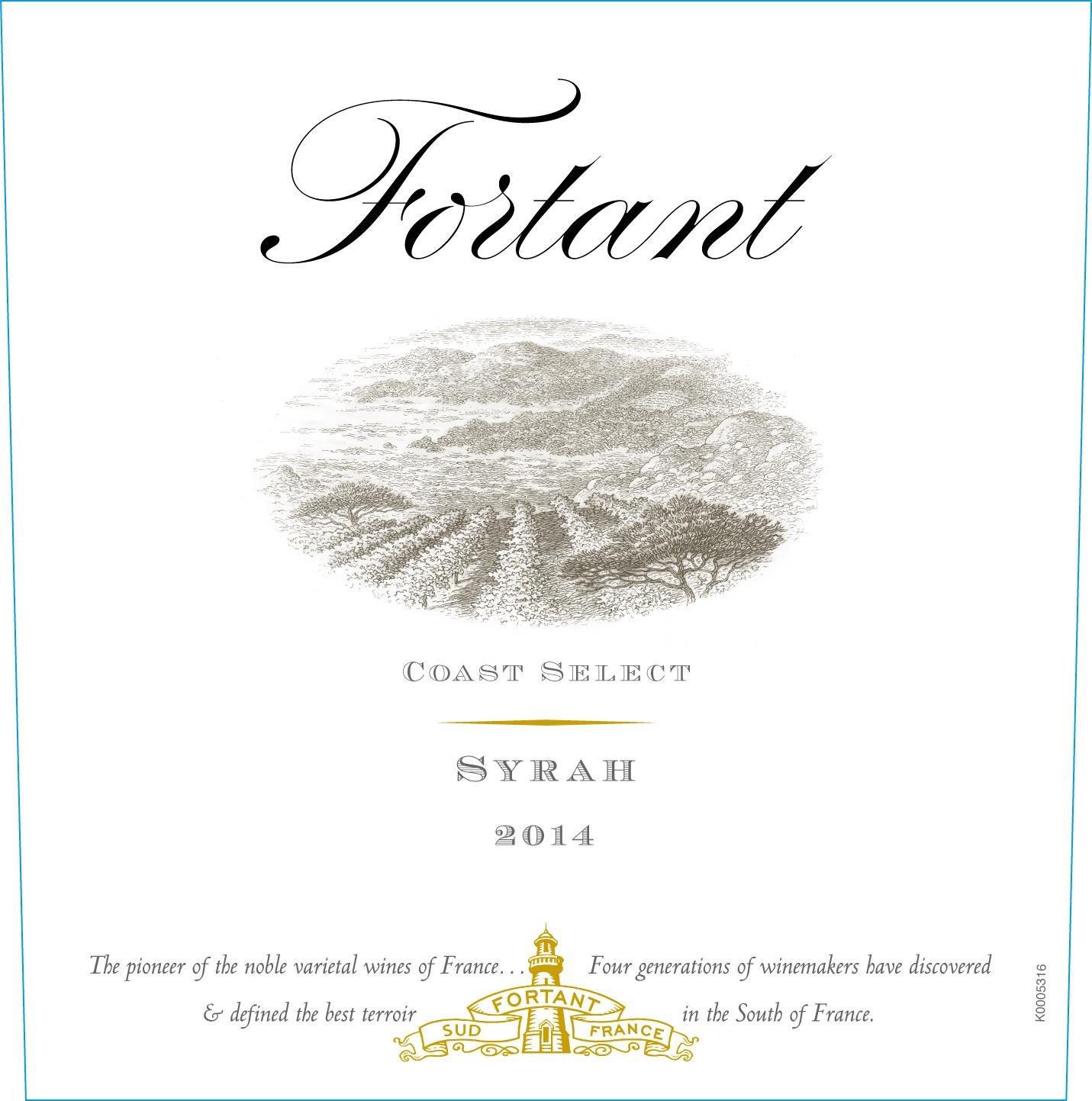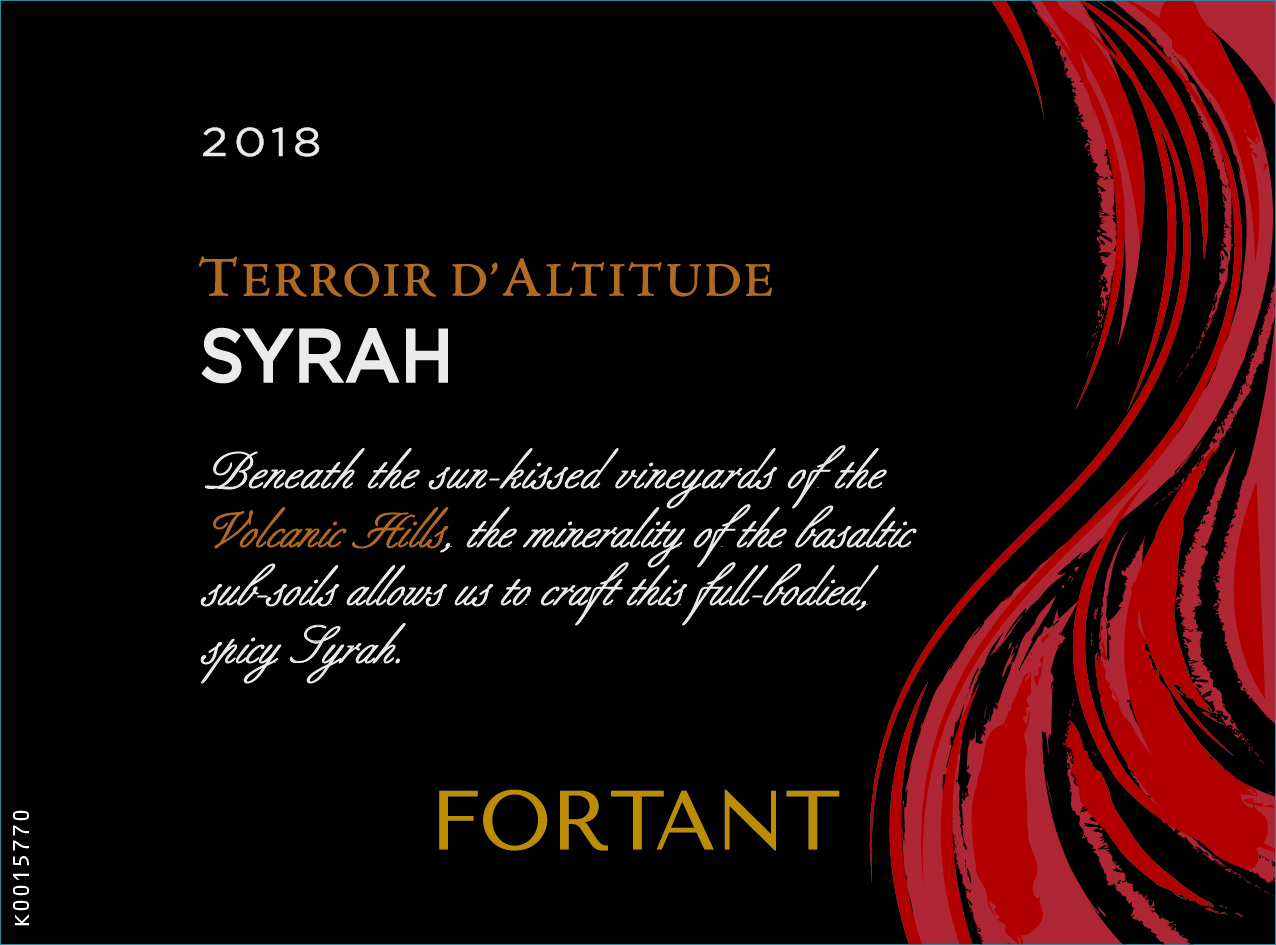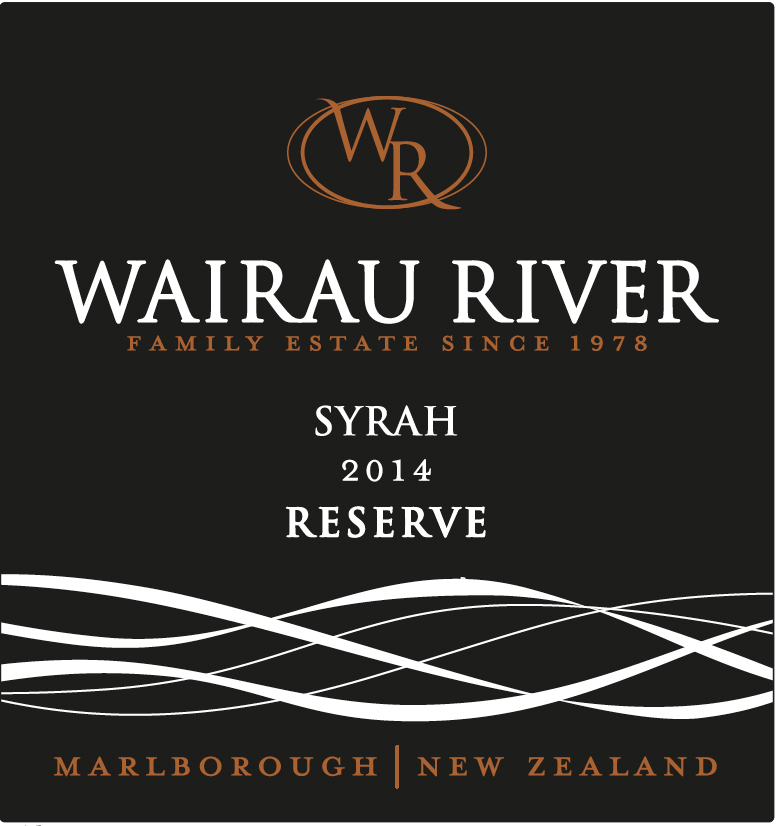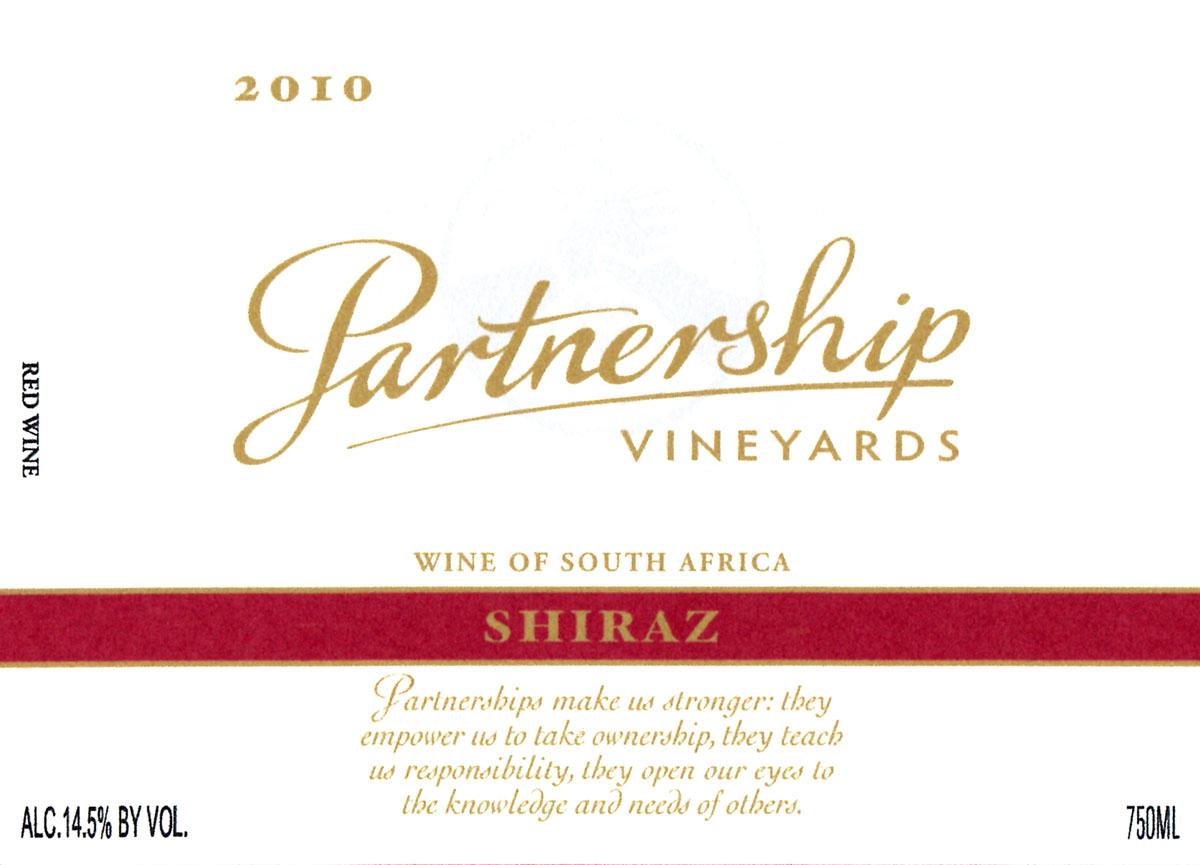Characteristics of Syrah
Syrah wines are known for their depth and structure, thanks to thick-skinned grapes that give them a deep color and strong tannins. These full-bodied wines are darker than Cabernet Sauvignon and can be firm and structured in cooler regions or soft and velvety in warmer ones. Syrah has substantial tannins, providing a solid backbone, with French versions typically more firm and Australian Shiraz smoother. They also have medium-plus acidity for balanced freshness with their bold character. Though dry, the ripe fruit flavors may taste slightly sweet, with alcohol content usually between 13% and 15.5%, depending on the climate. Syrah's complex nature and adaptability continue to intrigue wine lovers worldwide.
What Does Syrah Taste Like?
The taste of Syrah or Shiraz is influenced by its origin and climate:
-
Old World Syrah: Expect savory and earthy tones with notes of black olive, bacon fat, smoke, leather, and dried herbs. A hint of violet adds complexity.
-
New World Shiraz: In warmer regions, the wine features jammy dark fruits like blackberry and black plum, intensified by the climate.
-
Climate Influence: Cool climates offer tart and fresh dark fruits, while warmer areas enhance these flavors, adding a black pepper hint from rotundone.
-
Oak Aging: American oak introduces vanilla and coconut, whereas French oak emphasizes the grape's natural essence.
-
Aging Impact: Over time, fruit flavors evolve into dried fig and fruitcake, with notes of leather and forest floor developing.
Notable Region Syrah Grows In
Syrah, with its versatile character, is shaped by the unique climatic and terroir influences of these key wine regions:
-
France: Rhône Valley – the birthplace of Syrah, known for producing savory, earthy wines with notes of black olive and dried herbs.
-
Australia: Barossa Valley – famous for bold, fruity Shiraz, with jammy blackberry flavors enhanced by the warm climate.
-
United States: California – particularly in regions like Sonoma and Paso Robles, where the wines are rich and full-bodied, showcasing ripe dark fruit and peppery notes.
-
South Africa: Stellenbosch – offers a balance of Old and New World styles, with a mix of savory spices and ripe fruit flavors.
Food Pairings - Syrah
Syrah, with its full-bodied nature and rich flavors, is a versatile wine that pairs beautifully with a variety of robust dishes and ingredients.
-
Proteins & Signature Dishes: Old World Syrah, with its savory and peppery notes, is a perfect match for roasted or braised meats like leg of lamb, duck breast, and venison, while New World Shiraz complements grilled steaks, spicy sausages, and slow-smoked barbecue.
-
Vegetarian Options: For those favoring plant-based meals, consider hearty dishes such as grilled portobello mushrooms, roasted eggplant, or rich lentil casseroles, which align well with the wine's depth and complexity.
-
Cheeses & Charcuterie: The tannin structure of Syrah pairs excellently with aged, hard cheeses like sharp Cheddar and pungent blue cheeses such as Gorgonzola or Roquefort, offering a balance of flavors and textures.
How to Serve Syrah
To fully appreciate the complex flavors and aromas of Syrah, it's important to serve and store it correctly. Follow these guidelines to enhance your wine experience.
-
Serving Temperature: Serve Syrah slightly cool, between 60–65°F (15–18°C), to bring out its bold flavors and aromatic complexity.
-
Glassware: Use a large, wide-bowl glass to allow the wine to breathe and concentrate its rich aromas.
-
Decanting: Decant young, tannic Syrah for 60 minutes to two hours. Older wines need a very brief decanting to release their full bouquet.
-
Aging Potential: While many Syrahs are delightful when young, high-quality Old World bottles can age for over 25 years, and New World Shiraz for 10–15 years or more.
-
Storage: Store Syrah in a cool, dark place at a consistent 55°F (13°C) with humidity between 50-80% to preserve its integrity.
